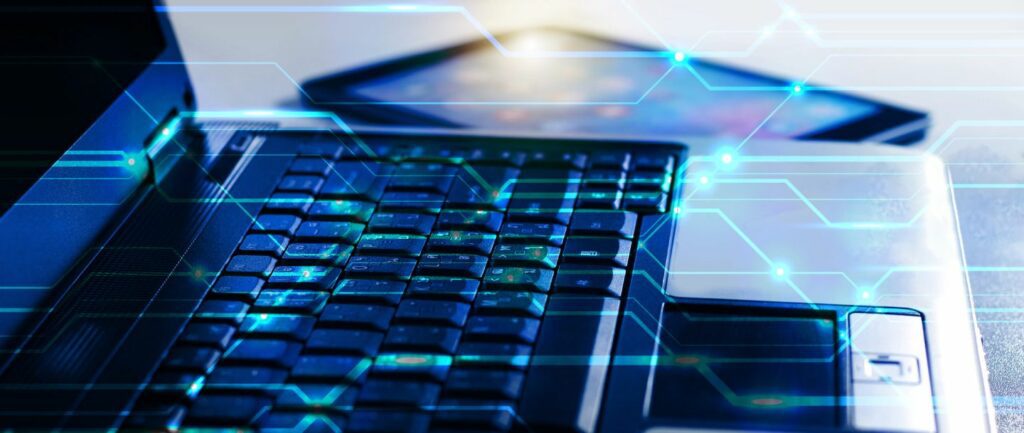In the information age of today, no computer user should be without the knowledge of how to remove malware. Malware — the short term for malicious software — can creep into your phone, computer, or other devices through sketchy downloads, phishing emails, insecure websites, and even removable drives. Unchecked, malware can harvest personal information, grind your computer to a halt, corrupt files, or even lock you out of your data. Fortunately, you don’t have to format your drive or lose your files to remove it. Here’s a complete rundown of removing malware from your PC, including steps to take if the malware has locked your computer or has been infected with ransomware.
Step 1: Unlink from the Internet
Before you do anything else, unplug your PC from the internet. This prevents the malware from communicating with its command center, propagating, or downloading other malicious software. Pull the plug on your Ethernet cord or disable your Wi-Fi as soon as you can.
Step 2: Enter Safe Mode
Starting up your computer in Safe Mode only runs essential programs, drivers, and services, which protects against malware trying to become active during the cleaning process.
On Windows:
- Restart your PC
- Hold down the Shift key and click Restart
- Head to Troubleshoot > Advanced options > Startup Settings > Restart
- Once you have rebooted, press 4 to select Enable Safe Mode
Your PC will be stripped of all but the resources when it is in Safe Mode, which will let you more easily spot and remove malware.
Step 3: Backup Critical Data
Before beginning the malware removal process, you will need to make a backup of all of your important files, like documents, photos, and videos, to an external storage device or the cloud. Do not backup programs or. The exe file is because it might be infected. This will give you a safe copy of your most important files, just in case something happens during the cleanup.
Step 4: Clean Out Temporary Files
Some types of malware can be eliminated by cleaning up temporary files, and the scanning process afterward will go faster, too.
- Type disk cleanup in the Start menu, and you’ll find the tool
- Select the drive (typically C:) and select system files to clean up
- Select the Temporary files, Recycle bin, and other unnecessary data you want to delete, and click OK
Step 5: Run a Malware Scanner
Rely on a credible malware remove to sweep your system. You can do this using a free tool or by using a paid antivirus application.
Do a full system scan, instead of a quick one, so that the program can find and quarantine the infected files. When used in combination with anti-malware software, it should be possible to delete or repair any infected files that are discovered. Follow the prompts carefully.
Step 6: Check and Remove Suspicious Programs
Can any remaining files with malware-related programs be left after all?
- Navigate to Control Panel > Programs > Programs and Features
- Check for unfamiliar or unwanted apps that have been installed recently
- Uninstall them. If you are unsure, search for the name of the program to ensure it is legitimate.
Step 7: Reset Web Browsers
A malicious software can reset your browser’s settings or include unwanted extensions.
- Open every browser (Chrome, Firefox, Edge).
- Reset settings to default.
- Uninstall the unwanted or suspicious browser extensions or add-ons.
- This also prevents malicious redirects or pop-ups from sticking around after malware removal.
Step 8: Real-Time Protection On Again and Reconnect
After your system is clean, re-enable real-time protection in your antivirus. Then reconnect to the internet, and see if your system returns to normal activity.
Step 9: Install OS and Soft Software, and Drivers
Begin by checking the OS and Software on the PC to ensure it is all up to date. Ensure your windows and all related software are up to date. These updates frequently fix security holes that malware uses to invade your system.
Getting rid of malware doesn’t have to involve wiping your computer’s hard drive or losing important files. If you follow these steps closely, you will get rid of all threats and you won’t risk harming your computer. Wheelhouse says regular scans, careful browsing, and current security tools are the best way to make sure you don’t get sick with ransomware in the future.





